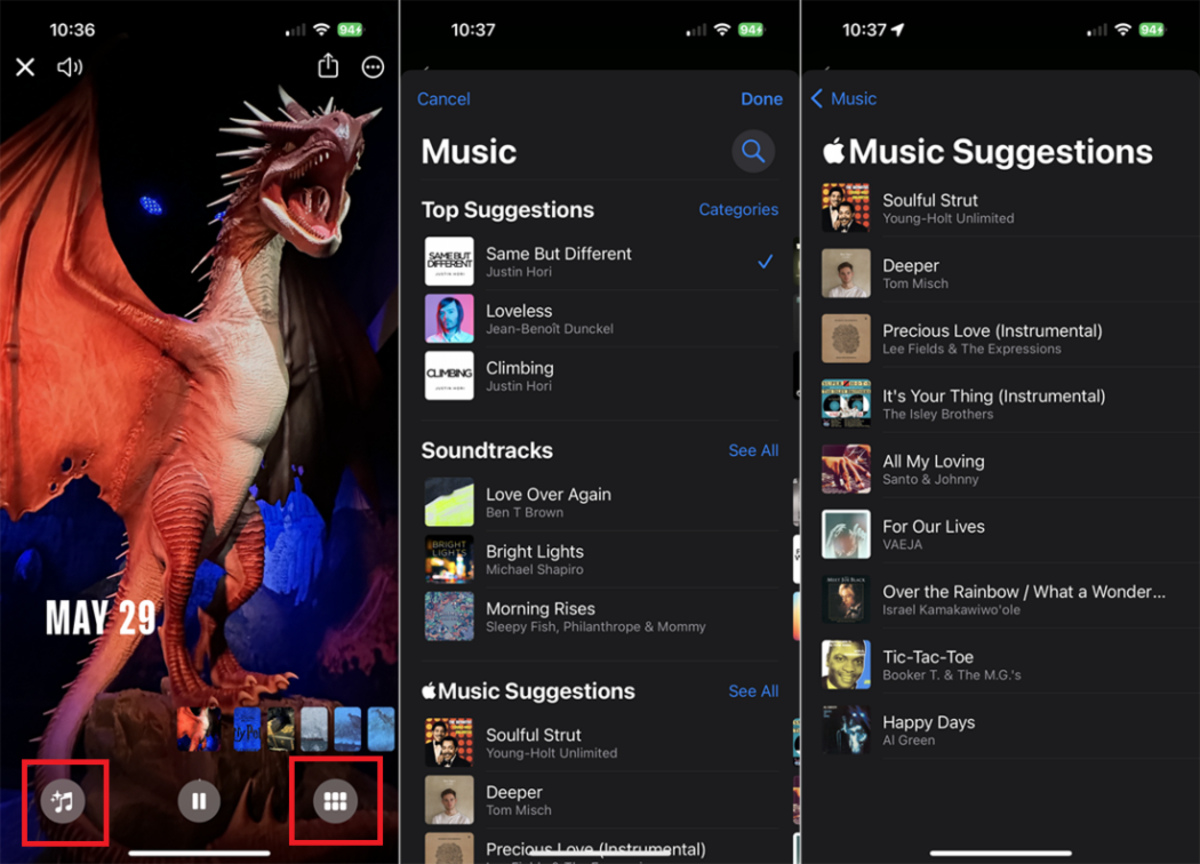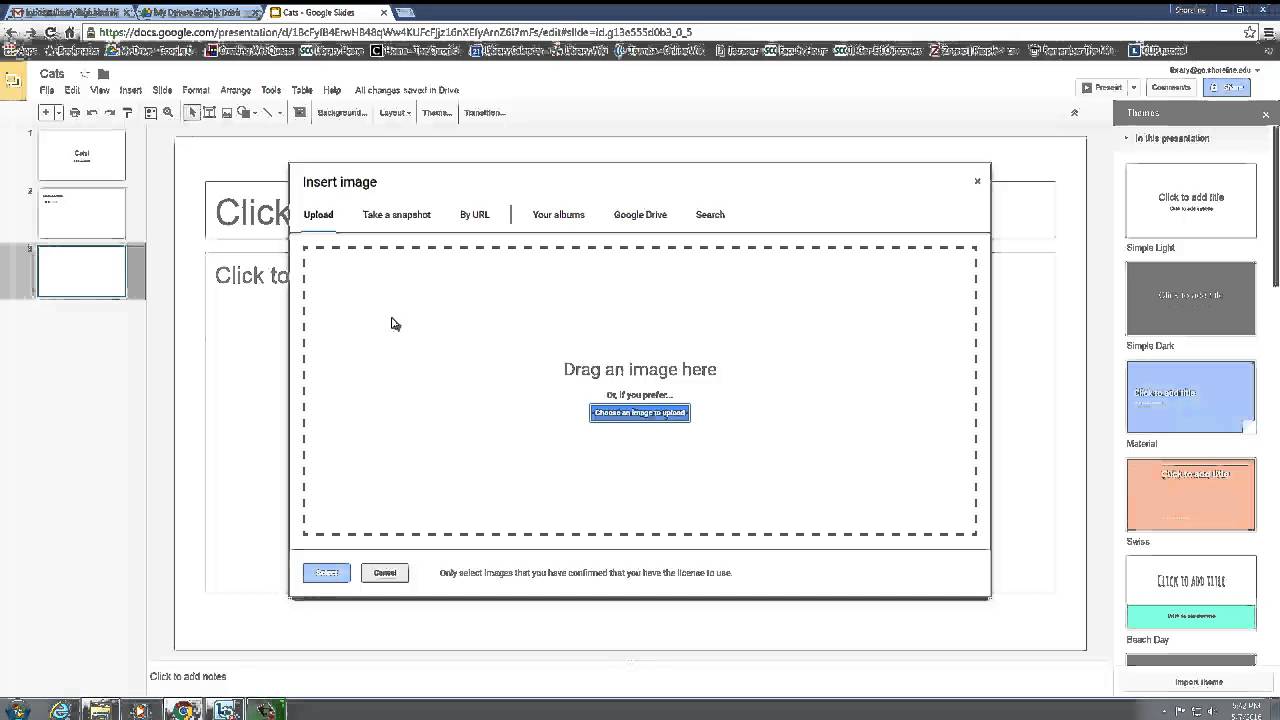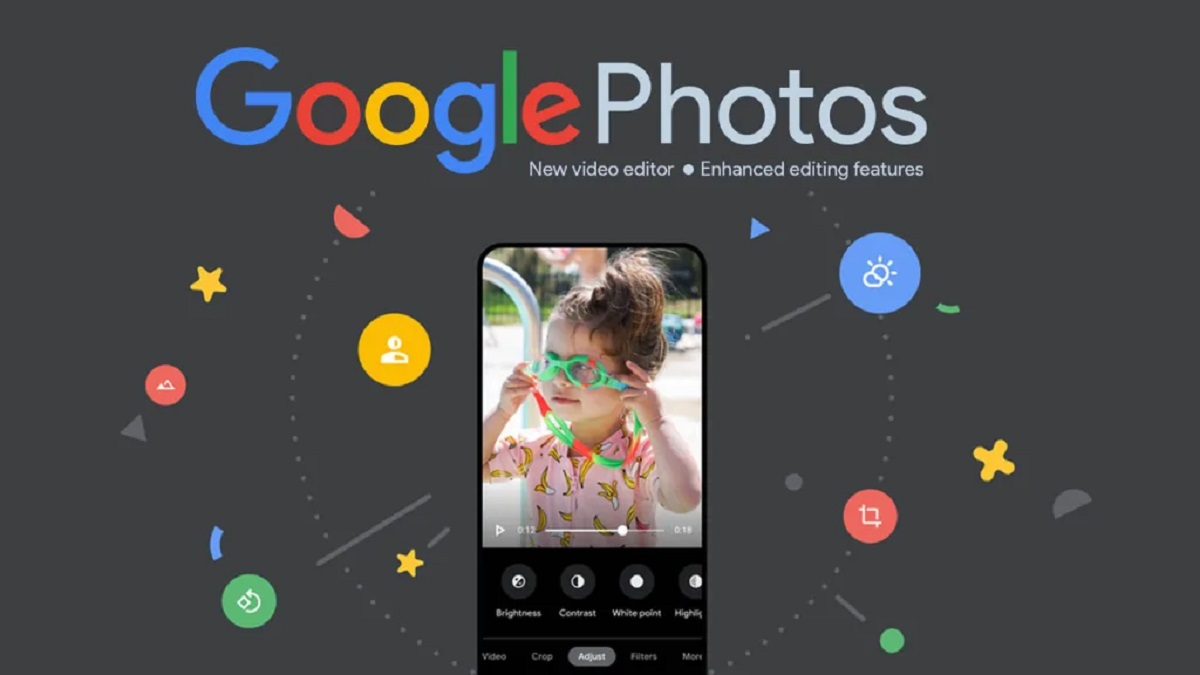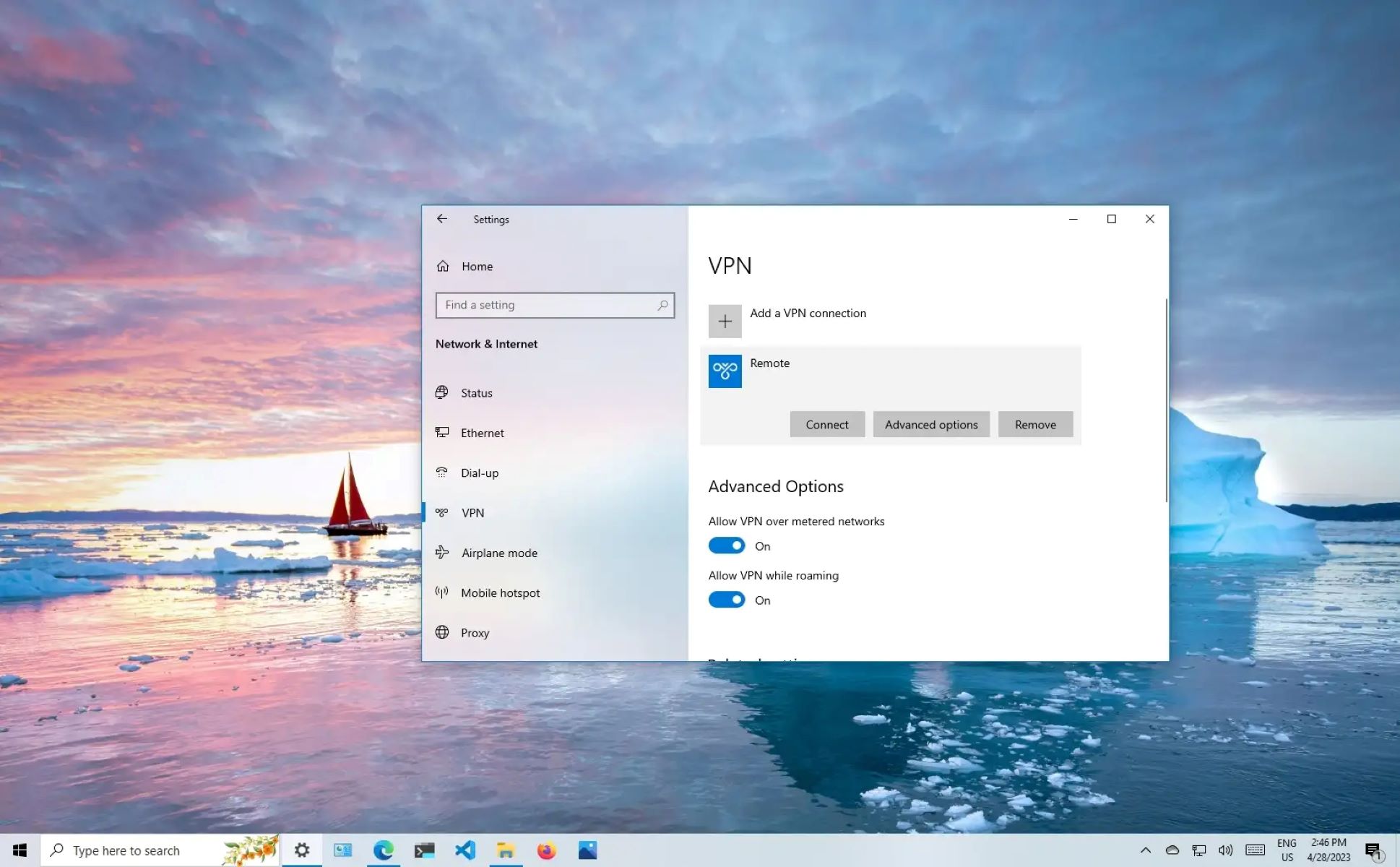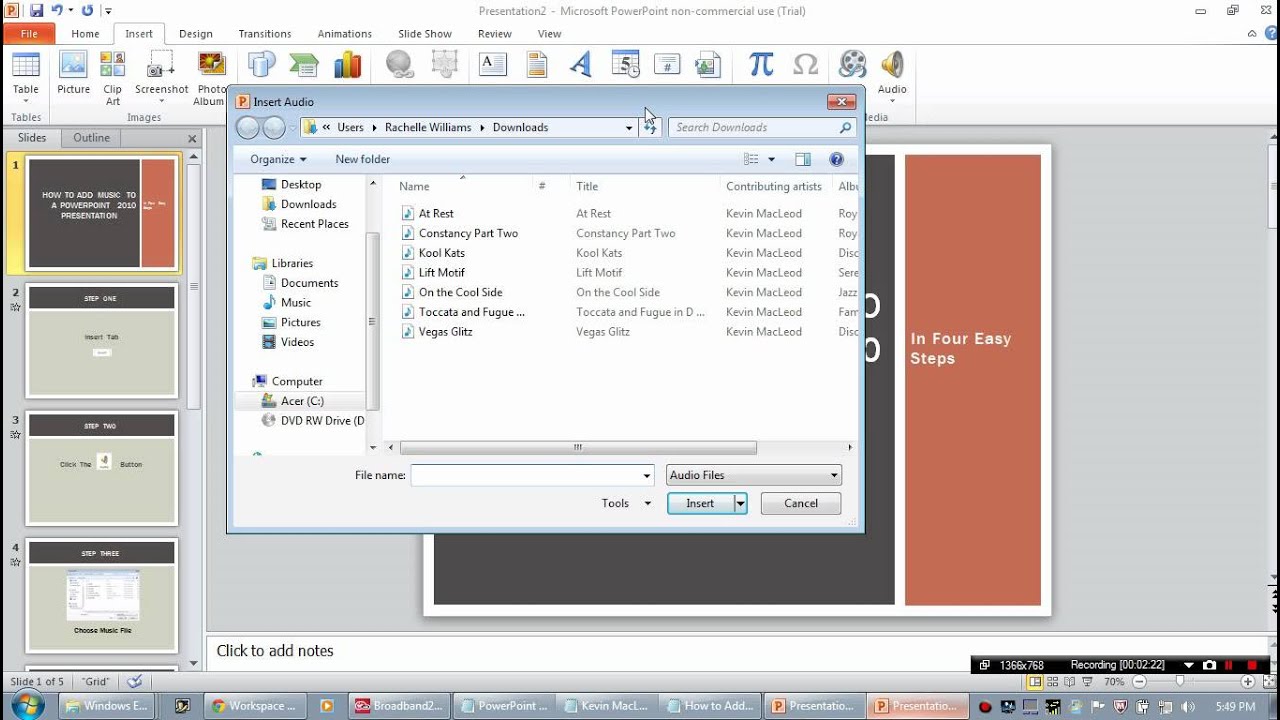Introduction
Welcome to the world of slideshows, where visuals come alive with the perfect music accompaniment. Whether it’s for a personal event, professional presentation, or creative project, adding music to your slideshow can enhance the overall experience for your audience.
But the question arises: where can you find the perfect music for your slideshow? With a plethora of options available, it can be overwhelming to navigate through the vast sea of music platforms and download websites. In this article, we will guide you on how to download music for your slideshow, ensuring that you find the ideal tracks to complement your visuals.
Throughout this guide, we will explore various methods to download music for your slideshow from popular platforms such as YouTube, Spotify, iTunes, and SoundCloud. Additionally, we will share tips on choosing the right music that resonates with your content and captivates your audience’s attention.
Before we delve into the specific steps for downloading music, let’s discuss the importance of using royalty-free music for your slideshow. Using copyrighted music without proper permission can lead to legal repercussions, so it’s crucial to understand the concept of royalty-free music.
Royalty-free music refers to tracks that can be used legally in various projects without the need for individual or continuous payments. These tracks are typically created by independent musicians or production companies and are made available for free or for a one-time licensing fee. Using royalty-free music ensures that you are in compliance with copyright laws while adding a professional touch to your slideshow.
Now that we have covered the basics, let’s explore the different methods and platforms you can use to download music for your slideshow. Whether you prefer using free music download websites or extracting music directly from streaming platforms, we’ve got you covered.
Finding the Perfect Music for Your Slideshow
Choosing the right music for your slideshow is crucial as it sets the tone, evokes emotions, and enhances the overall impact of your visuals. Here are a few tips to help you find the perfect music:
1. Identify the Mood: Consider the mood and theme of your slideshow. Do you want it to be uplifting and energetic, or calm and soothing? Identify the desired emotional response and look for music that aligns with that mood.
2. Consider the Audience: Keep your target audience in mind while selecting music. Consider their preferences, age group, and cultural background to ensure the music resonates with them.
3. Match the Tempo: The tempo of the music should complement the pace of your slideshow. For a fast-paced slideshow, choose music with an upbeat tempo, while a slower tempo works well for a more relaxed presentation.
4. Pay Attention to Lyrics: If your slideshow includes voiceovers or important text, be mindful of the lyrics in the chosen music. Opt for instrumental tracks or songs with lyrics that enhance the message, rather than distract from it.
5. Use Copyright-Free Music: To avoid legal issues, consider using royalty-free music. There are numerous royalty-free music libraries available online that offer a wide variety of genres and styles to choose from.
6. Experiment with Different Genres: Don’t limit yourself to a specific genre. Explore different genres to find unexpected gems that can add a unique touch to your slideshow.
Remember, finding the perfect music may take some time and experimentation. Take the time to listen to different tracks and visualize how they would complement your visuals. Once you have a shortlist, test the music with your slideshow to see if they blend harmoniously or need adjustments.
Using Royalty-Free Music
When it comes to incorporating music into your slideshow, using royalty-free music is a smart and legal choice. Royalty-free music allows you to use tracks without worrying about copyright issues or paying ongoing fees. Here are some key benefits of using royalty-free music:
1. Legally Safe: Royalty-free music is specifically designed for use in various projects, including slideshows. By using these tracks, you can avoid copyright infringement and the potential legal consequences that may arise from using copyrighted music without permission.
2. Cost-Effective: Royalty-free music is often more affordable compared to licensing popular songs. Once you purchase a royalty-free track, you can use it in multiple projects without incurring any additional fees.
3. Versatile Selection: There is a vast array of genres, styles, and moods available in the royalty-free music libraries. From ambient soundscapes to energetic pop, you can easily find music that suits your slideshow’s theme and captivates your audience.
4. High-Quality Tracks: Royalty-free music is composed and produced by talented musicians, ensuring high-quality audio that enhances the overall impact of your visuals. These tracks are often created with professional gear and production techniques, resulting in polished compositions.
5. Customizable Options: Some royalty-free music libraries allow you to customize tracks by adjusting the length, tempo, or even removing certain instruments. This flexibility enables you to tailor the music to fit the specific timing and mood of your slideshow.
To access royalty-free music for your slideshow, you can either purchase individual tracks or subscribe to a royalty-free music platform. These platforms offer a wide range of music libraries, making it easier for you to find the perfect tracks for your slideshow project.
Free Music Download Websites
If you’re looking for free music to download for your slideshow, there are several websites that offer a wide selection of tracks. Here are some popular free music download websites:
1. Free Music Archive: Free Music Archive provides a vast collection of royalty-free music from various genres. It offers a user-friendly interface and allows you to browse music by genre, curator, and even mood.
2. SoundClick: SoundClick offers a mix of free music and music available for purchase. It has a wide range of genres and allows you to filter music based on popularity, charts, and user ratings.
3. Jamendo: Jamendo is a popular platform that offers both free and paid royalty-free music. It features a large library of tracks from independent artists and allows you to search for music based on genre, mood, and popularity.
4. YouTube Audio Library: The YouTube Audio Library is a treasure trove of free music and sound effects. You can search for music based on genre, mood, instrument, and duration. It also provides tracks that are free to use for commercial purposes.
5. Bensound: Bensound offers a collection of high-quality royalty-free tracks in various genres. It allows you to use the music for personal and commercial projects, as long as you provide proper attribution.
6. Pixabay Music: Pixabay Music provides a collection of royalty-free music and sound effects. You can search for tracks based on genre, mood, and instrument. It also offers a filter for music with or without vocals.
Remember to read the licensing terms and conditions on each website to ensure you comply with any usage requirements. It is also a good practice to credit the artists or platforms when using their music in your slideshow, even if it’s not mandatory.
Steps to Download Music for Slideshow from YouTube
YouTube is a treasure trove of music, and you can easily download music from videos to use in your slideshow. Here are the steps to download music for your slideshow from YouTube:
1. Choose a Reliable YouTube Downloader: There are numerous YouTube downloader websites and software available. Select a reliable one that is safe to use and offers the features you need.
2. Find the YouTube Video: Go to YouTube and find the video that contains the music you want to download. Copy the video’s URL from the address bar.
3. Open the YouTube Downloader: Open the YouTube downloader tool or website in a new tab or window.
4. Paste the Video URL: In the YouTube downloader, paste the video URL that you copied in step 2 into the designated area.
5. Choose the Audio Format: Select the desired audio format for the downloaded music file. MP3 is the most common format for music.
6. Start the Download: Click the “Download” or “Start” button to initiate the downloading process. The downloader will analyze the video and extract the audio file.
7. Save the Music File: Once the download is complete, choose a location on your computer to save the music file. Consider creating a specific folder for your slideshow music to keep everything organized.
8. Test the Music: Play the downloaded music file to ensure that the quality is good and that it’s the exact segment you want for your slideshow. You can use a media player or import it directly into your slideshow software.
Always ensure that you have the necessary rights and permissions to use the downloaded music for your slideshow. Respect copyright laws and avoid using copyrighted music without proper authorization or licensing.
Steps to Download Music for Slideshow from Spotify
Spotify is a popular music streaming platform that allows users to access a vast library of songs. While Spotify doesn’t offer an official option to download music, there are third-party tools that can help you accomplish this. Here are the steps to download music from Spotify for your slideshow:
1. Choose a Spotify to MP3 Converter: There are several Spotify to MP3 converters available online. Choose a reliable and reputable one that suits your needs.
2. Open Spotify and Find the Music: Launch Spotify and search for the music you want to download. Create a playlist or add the desired songs to an existing playlist.
3. Copy the Playlist URL: Right-click on the playlist or the desired song and select “Copy Playlist Link” or “Copy Song Link” from the options. This will copy the URL to your clipboard.
4. Open the Spotify to MP3 Converter: Open the Spotify to MP3 converter tool or website in a separate tab or window.
5. Paste the Playlist URL: In the converter, paste the playlist URL that you copied in step 3 into the provided field.
6. Convert and Download: Click the “Convert” or “Download” button to begin the conversion process. The converter will convert the Spotify playlist or songs into MP3 files.
7. Save the Downloaded Music: Once the conversion is complete, select a location on your computer to save the downloaded MP3 files. Consider creating a dedicated folder for your slideshow music to keep everything organized.
8. Test the Music: Play the downloaded music files to ensure they are of good quality and play as expected. You can use a media player or import them directly into your slideshow software.
It’s important to note that downloading music from Spotify using third-party tools may violate Spotify’s terms of service. Therefore, it’s advisable to only use the downloaded music for personal use or in situations where you have the necessary rights and permissions to use the music legally.
Steps to Download Music for Slideshow from iTunes
iTunes is a popular platform for purchasing and managing music. If you have purchased or have access to music on iTunes, here are the steps to download music for your slideshow:
1. Open iTunes: Launch iTunes on your computer and sign in to your iTunes account.
2. Find the Music: Browse through your library or search for the music you want to download for your slideshow. Make sure you have the necessary rights to use the music in your slideshow.
3. Select the Songs: Create a playlist or select the specific songs you want to download. You can hold down the Command (Mac) or Control (Windows) key to select multiple songs.
4. Go to the “File” Menu: Click on the “File” menu at the top of the iTunes window.
5. Choose “Library” and Then “Export Playlist…”: From the “File” menu, select “Library” and then “Export Playlist…”. This will export the selected songs to a specific location on your computer.
6. Select the Export Format: Choose the desired export format for the music files. MP3 or WAV formats are commonly used for slideshows.
7. Specify the Destination Folder: Select the folder on your computer where you want to save the exported music files. Consider creating a dedicated folder for your slideshow music to keep everything organized.
8. Click “Save” or “Export”: Once you have chosen the export format and destination folder, click the “Save” or “Export” button to begin the download process.
9. Test the Music: Play the downloaded music files to ensure they are of good quality and play as expected. You can use a media player or import them directly into your slideshow software.
By downloading music from iTunes, you can ensure the quality and legality of the music for your slideshow. Remember to respect copyright laws and only use the downloaded music for personal or authorized use.
Steps to Download Music for Slideshow from SoundCloud
SoundCloud is a popular platform for discovering and sharing music, including tracks from emerging artists. While SoundCloud primarily focuses on streaming, there are a few methods you can use to download music from SoundCloud for your slideshow:
1. Find the Music on SoundCloud: Browse SoundCloud and find the music you want to download for your slideshow. Ensure that the artist or uploader has allowed for downloads or offers their music for free.
2. Copy the Track URL: Once you find the desired music, copy its URL from the address bar or from the “Share” button next to the track.
3. Access a SoundCloud Downloader: There are several SoundCloud downloader websites and browser extensions available that allow you to download tracks from SoundCloud. Choose a reliable option that suits your needs.
4. Paste the Track URL: In the SoundCloud downloader, paste the URL of the track you copied in step 2 into the designated field.
5. Choose the Download Format: Select the desired download format for the track. MP3 is a common format for slideshows.
6. Start the Download: Click the “Download” or “Start” button to initiate the downloading process. The downloader will extract the audio file from the SoundCloud track.
7. Save the Music File: Once the download is complete, select a location on your computer to save the downloaded music file. Consider creating a dedicated folder for your slideshow music to keep everything organized.
8. Test the Music: Play the downloaded music file to ensure it is of good quality and plays as expected. You can use a media player or import it directly into your slideshow software.
It’s important to respect the rights of artists and uploaders on SoundCloud. Ensure that you have the necessary permissions and rights to use the downloaded music for your slideshow. Some artists may require attribution or have specific usage terms, so make sure to adhere to their requirements.
Tips for Choosing the Right Music for Your Slideshow
Choosing the right music for your slideshow is essential to create the desired impact and engage your audience. Here are some tips to help you select the perfect music:
1. Consider the Mood and Theme: The music you choose should align with the mood and theme of your slideshow. Determine if you want it to be uplifting, sentimental, dramatic, or energetic, and find music that evokes the desired emotions.
2. Match the Pace and Timing: Consider the pace and timing of your slideshow and find music that complements it. A fast-paced slideshow may require energetic music, while a slower-paced presentation may benefit from more serene and calming tunes.
3. Pay Attention to Lyrics: If your slideshow includes voiceovers or important text, be mindful of the lyrics in the chosen music. Ensure that the lyrics do not distract from the message of your slideshow and that they enhance the overall impact.
4. Reflect Your Target Audience: Keep your target audience in mind when selecting music. Consider their preferences, age group, and cultural background. Choose music that resonates with your audience and helps create a connection.
5. Consider the Length: Take into account the duration of your slideshow and choose music that fits accordingly. If your slideshow is short and concise, opt for a shorter track or edit a longer track to suit your needs.
6. Use Instrumental Music: Instrumental music can often be a versatile choice as it avoids distraction from lyrics and allows the visuals in your slideshow to shine. Consider instrumental tracks in various genres that complement your content.
7. Experiment with Different Genres: Don’t limit yourself to a specific genre. Explore different genres of music to find unexpected and unique choices that can add a fresh and captivating element to your slideshow.
8. Test and Adjust: Always test the music in correlation with your visuals. Play the music alongside your slideshow and assess if the combination creates the desired impact. Make adjustments as necessary to achieve the desired synchronization.
Remember, the music you choose should enhance the storytelling experience of your slideshow. Take the time to carefully select the right tracks that effectively convey your message and create an emotional connection with your audience.
Conclusion
Choosing the perfect music for your slideshow can greatly enhance the overall experience for your audience. Whether you opt for royalty-free tracks or download from platforms like YouTube, Spotify, iTunes, or SoundCloud, following the appropriate steps ensures a seamless process.
When selecting music, consider the mood, tempo, and theme of your slideshow. Pay attention to the lyrics, and make sure they align with your content. Experiment with different genres and don’t be afraid to step out of your comfort zone to find the ideal match.
Using royalty-free music not only ensures legal compliance but also offers a cost-effective and versatile selection of high-quality tracks. Free music download websites provide a plethora of options to choose from, catering to various genres and moods.
Downloading music from YouTube, Spotify, iTunes, or SoundCloud requires using reliable downloader tools or websites. However, it’s essential to respect the rights of artists and creators, ensuring that you have the necessary permissions to use the music in your slideshow.
Finally, by following these tips and guidelines, you can confidently select the right music that enhances the visual impact, evokes the desired emotions, and creates a memorable experience for your audience.







